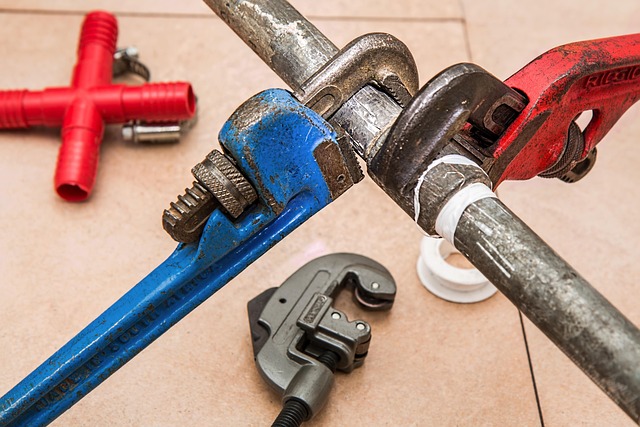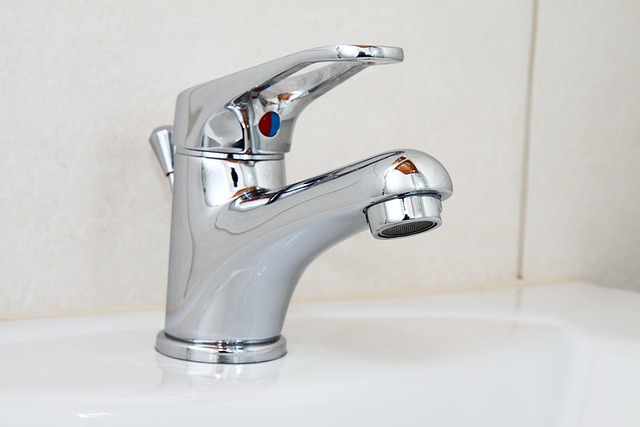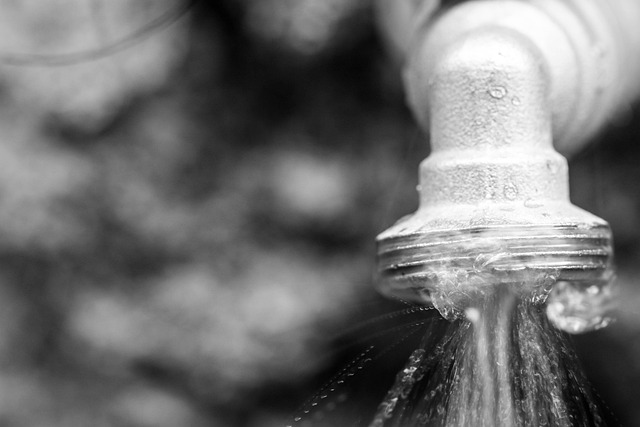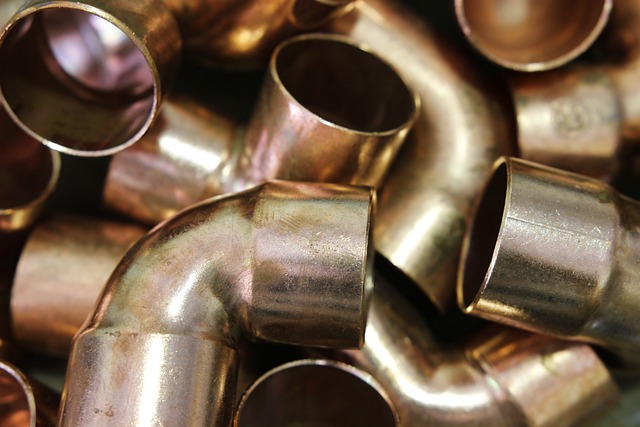Older homes with outdated plumbing often face high water consumption due to inefficient fixtures and pipes. Material upgrades, like installing water-efficient fixtures, combined with trenchless technology for repiping, offer effective, long-lasting solutions. These innovations reduce water waste, enhance efficiency, promote environmental sustainability, and provide peace of mind without disrupting landscapes or increasing utility bills. By adopting these practices, homeowners can address pressure issues, lower costs, and make environmentally conscious choices while maintaining historic home integrity.
Implementing water-saving practices in your older home isn’t just an eco-friendly choice; it’s a sensible investment. Older homes often present unique challenges with outdated plumbing systems, leading to inefficient water usage and costly repairs. This article guides you through transforming your home into a water-wise oasis. We explore strategies like understanding and addressing water consumption in older homes, upgrading materials for better efficiency, adopting water-efficient fixtures, and leveraging trenchless technology for repiping solutions. Learn about tackling pressure issues and the significant long-term savings and environmental benefits these practices offer.
- Understanding Water Consumption in Older Homes and Plumbing Systems
- Material Upgrades for Better Water Efficiency: Insulation, Pipes, and Fixtures
- The Role of Trenchless Technology in Repiping Solutions
- Addressing Pressure Issues: Boosters, Tanks, and Filters
- Long-term Savings and Environmental Impact of Water-saving Practices in the Home
Understanding Water Consumption in Older Homes and Plumbing Systems

Many older homes and their plumbing systems can be significant contributors to high water consumption, often due to outdated fixtures and inefficient piping. These properties typically employ older plumbing materials that aren’t designed with today’s water-saving standards in mind. For instance, traditional pipes and fittings may have larger diameters, leading to more water wastage as it flows through without adequate restriction. Outdated toilets, faucets, and showerheads are also common culprits, often using much more water than modern, water-efficient models.
Addressing these issues involves a combination of material upgrades and the implementation of innovative technologies. Homeowners can start by installing water-efficient fixtures that reduce flow rates without compromising performance. Trenchless technology offers a non-invasive approach to tackling pressure issues and repiping solutions, allowing for the replacement or relining of pipes without extensive excavation. These advancements in plumbing provide effective, long-lasting water conservation measures, ensuring both efficiency and comfort for homeowners while contributing to the sustainability of our environment.
Material Upgrades for Better Water Efficiency: Insulation, Pipes, and Fixtures

The Role of Trenchless Technology in Repiping Solutions

In many older homes, the plumbing system can be a significant source of water waste and inefficiency. Traditional repiping methods often involve extensive excavation and disruption to the property, making them impractical for historic or environmentally sensitive areas. However, trenchless technology is revolutionizing repiping solutions, offering a more sustainable and non-invasive approach. This innovative method allows for the replacement of outdated pipes without the need for large-scale digging, which not only preserves landscapes but also reduces water disruption during installation.
By utilizing trenchless technology, homeowners can address pressure issues and leaks that contribute to wasted water, especially in older home plumbing systems. Material upgrades to water-efficient fixtures are also crucial components of these repiping solutions. Advanced materials and designs ensure reduced water consumption without compromising performance, aligning with the growing demand for sustainable practices. These dual strategies not only conserve water but also lower utility bills, making trenchless technology a practical and eco-friendly choice for modern homeowners.
Addressing Pressure Issues: Boosters, Tanks, and Filters

Many older homes struggle with pressure issues in their plumbing systems, which can lead to water wastage and inefficient use. One common problem is low water pressure caused by outdated or corroded pipes. Upgrading the material of these pipes using trenchless technology like repiping solutions can significantly improve pressure and overall system efficiency.
Installing water-efficient fixtures and adding pressure boosters can also help address pressure issues. Boosters, for instance, increase water pressure in the entire home, ensuring consistent performance across all taps and appliances. Tanks and filters play a crucial role by catching sediment buildup, which can clog pipes and reduce pressure. Regular maintenance of these components is key to keeping your plumbing system running smoothly and efficiently.
Long-term Savings and Environmental Impact of Water-saving Practices in the Home

Implementing water-saving practices in your older home isn’t just about cutting down on your water bills; it’s a significant step towards preserving our planet’s precious resources. Over time, these changes can lead to substantial long-term savings. Water-efficient fixtures and appliances, such as low-flow showerheads and aerators on faucets, reduce water consumption without compromising performance. These simple upgrades can save hundreds of gallons of water annually, reducing your environmental footprint.
Moreover, addressing pressure issues through trenchless technology offers another avenue for conservation. Repiping solutions using this innovative method eliminate the need for disruptive excavation, making it an environmentally friendly option. By fixing leaks and improving water pressure efficiently, you contribute to a healthier ecosystem by decreasing the energy required for water treatment and distribution.
